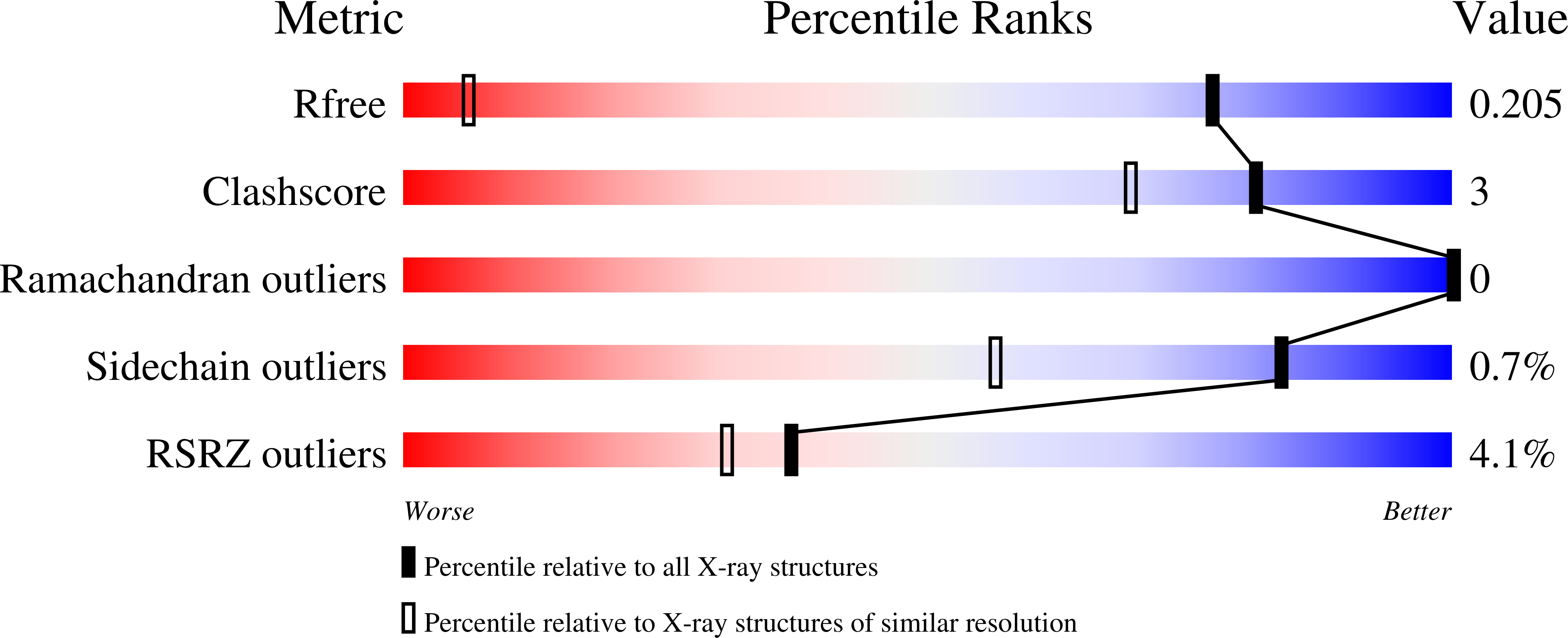
Deposition Date
2023-08-18
Release Date
2024-08-28
Last Version Date
2025-03-26
Method Details:
Experimental Method:
Resolution:
1.04 Å
R-Value Free:
0.20
R-Value Work:
0.18
R-Value Observed:
0.18
Space Group:
P 21 21 21


